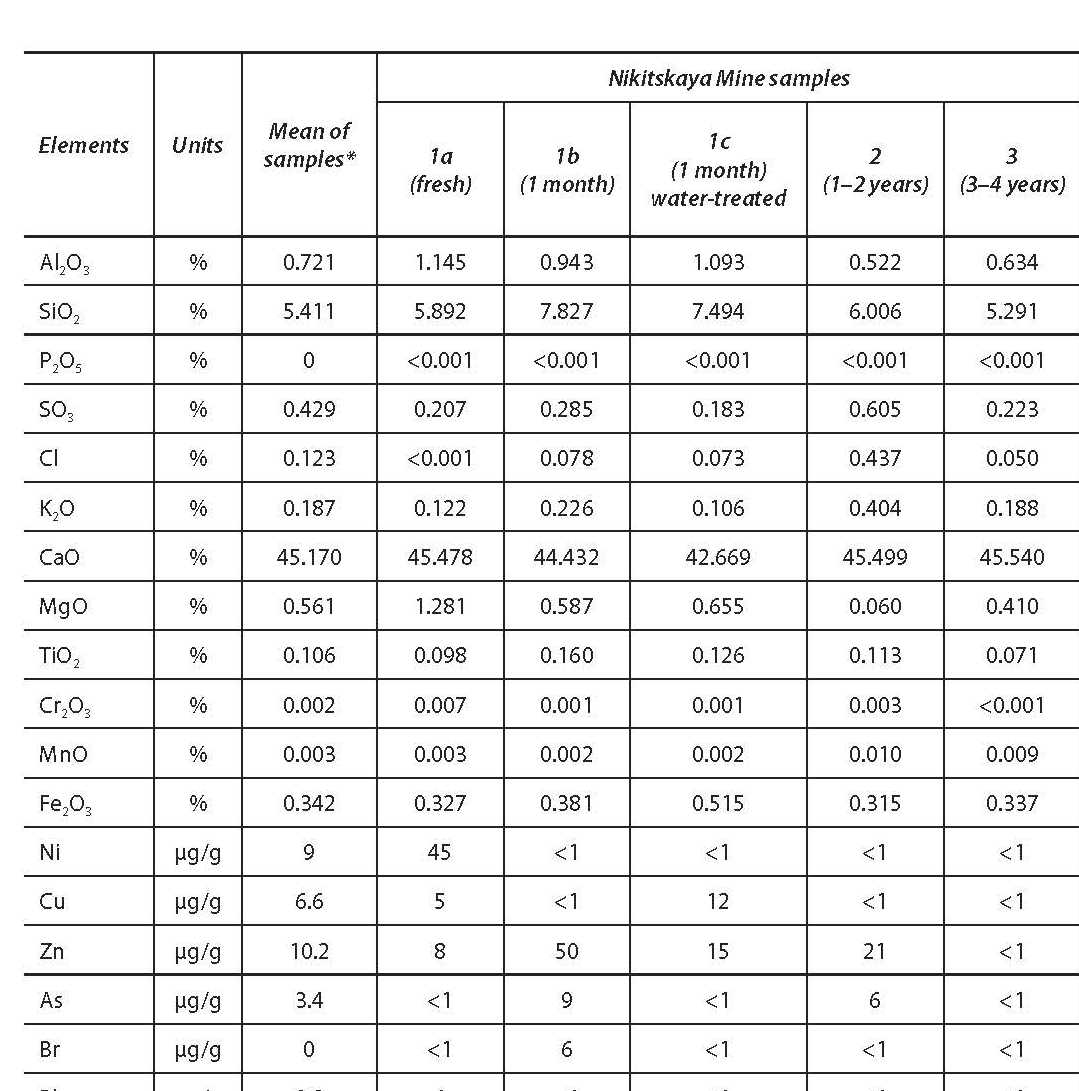Spent carbide waste retains toxicity long term after disposal in caves and mines
DOI:
https://doi.org/10.3986/ac.v41i1.53Keywords:
carbide, cave, mine, waste, toxicity, impactAbstract
We studied the environmental impact of wastes derived from calcium carbide, which is widely used for generating acetylene in industry and speleology. It was shown that spent carbide is toxic for biota and harmful to cave ecosystems and the surrounding environment. The toxic components of spent carbide waste were found to include calcium hydroxide, strontium and polycyclic aromatic hydrocarbons. The 50% lethal doses (LD 50%) of fresh spent carbide waste were calculated as 0.28-0.32 g/l in biotests with daphnia, infusoria, and fishes. The toxicity of spent carbide declined only slowly over time, with toxicity still present in 13-year-old samples. Spent carbide should be disposed of with great care to ensure that it cannot be disseminated into natural water systems. Spent carbide deactivation could be provided within isolated bowls filled with water (micro sediment bowls) or within water-proof storage containers, and complete recycling could be achieved through the addition of deactivated waste to solid building materials.
Keywords: carbide, cave, mine, waste, toxicity, impact.
Downloads

Downloads
Published
How to Cite
Issue
Section
License
Authors guarantee that the work is their own original creation and does not infringe any statutory or common-law copyright or any proprietary right of any third party. In case of claims by third parties, authors commit their self to defend the interests of the publisher, and shall cover any potential costs.
More in: Submission chapter




